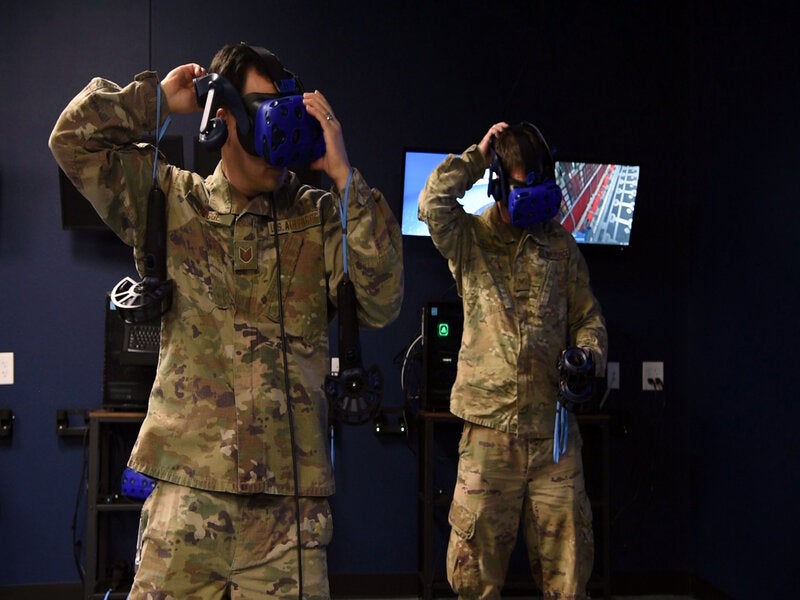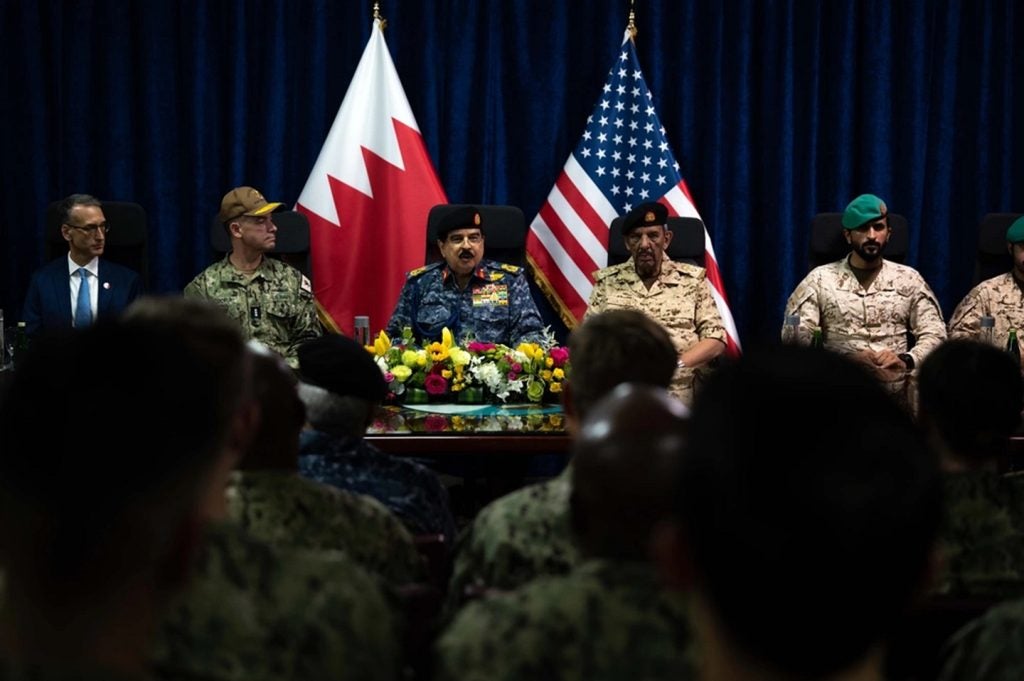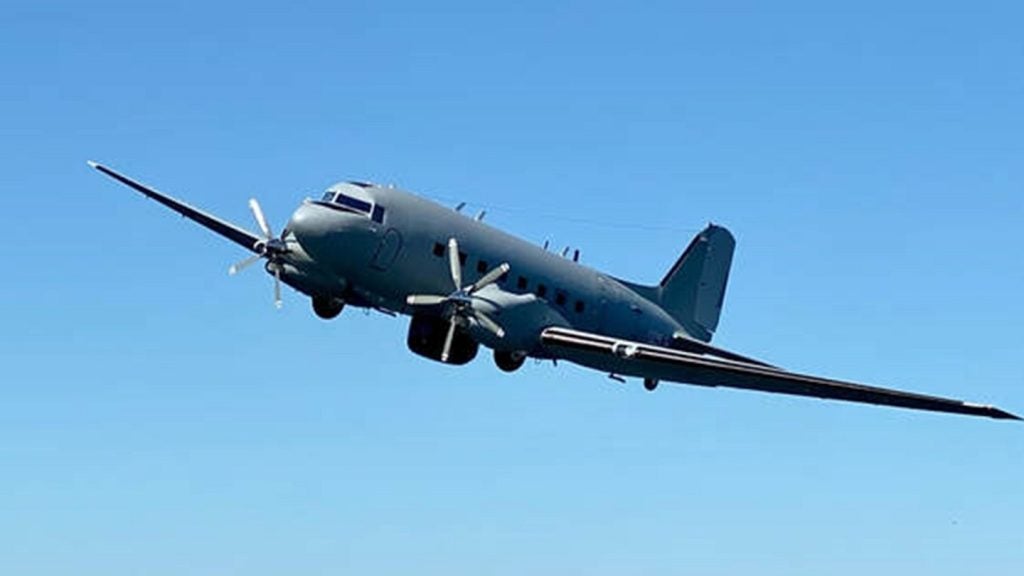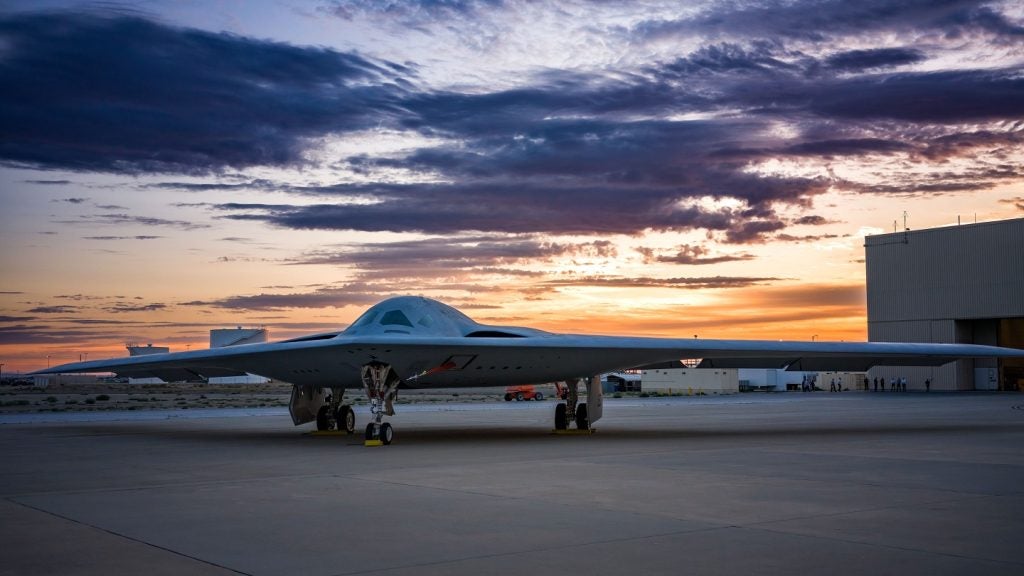
US Air Force (USAF) airmen at Dyess Air Force Base (AFB) have used virtual reality (VR) technology to transform learning and maintaining of the C-130J Super Hercules aircraft.
Since 2018, two 317th MXG instructors at the AFB have been working on developing the software and writing course curriculum to make the VR lab training environment a success.
Technical sergeant Timothy Hogge and staff sergeant Christopher Clinton are the names of the instructors.
Currently, Dyess AFB has the largest C-130 VR room in US Air Mobility Command (AMC) with 16 training stations, a classroom and a learning curriculum.
317th MXG maintenance operations flight superintendent senior master sergeant Ronald Cooney said: “One of the more impressive aspects of the lab is the direct feedback capability our instructors can use.
“This feature measures students’ performance and learning based on how fast they can understand key concepts.”
How well do you really know your competitors?
Access the most comprehensive Company Profiles on the market, powered by GlobalData. Save hours of research. Gain competitive edge.

Thank you!
Your download email will arrive shortly
Not ready to buy yet? Download a free sample
We are confident about the unique quality of our Company Profiles. However, we want you to make the most beneficial decision for your business, so we offer a free sample that you can download by submitting the below form
By GlobalDataUsing the VR lab, the 317th MXG plans to train 250 maintainers each year.
Separately, the Little Rock AFB in Arkansas has collaborated with the Air Force Life Cycle Management Center (AFLCMC) to 3D print a hydraulic pump bracket for the C-130J Super Hercules.
Recently, the bracket was the first 3D printed metal part installed on the C-130J.
The bracket will allow lowering or raising the ramp, as well as hold the C-130J’s manual hydraulic pump.
USAF AFLCMC C-130 structures engineer 1st lieutenant Jesse Montgomery said: “With its current design, the bracket can withstand very minimal side loading from the pump handle.
“Lab testing has shown the new 3D printed part can withstand three times the downward force and ten times the side force compared to the original bracket, making it much less likely to break in the field.”
“The 3D printed version also costs an estimated $3,800 less per part to make and requires significantly fewer man-hours to produce.”






